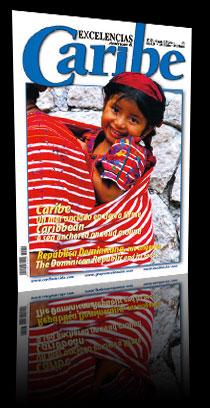Charming Places A Peek Out of Havana’s Malecon
The seaside boulevard of the Cuban capital is perhaps –together with the Morro Lighthouse- one of the most emblematic symbols of the city, sung by poets and troubadours, written about chroniclers and travelers of all time.
Havana is a charming city teeming with dreams and sensualities; a bustling, gleeful and eclectic burg. In it, the Malecon (Seawall) shows up like a water-shrouded kiss, a buss smacked with a few airs, a piece of heritage that for many is so full of moonlit romance and rendezvous, of nightly fishing and chats, of escapades to the horizon. Built in segments or stretches over a hundred years ago, the Malecon gives visitors a hospitable and warm welcome. It keeps many secrets and has witnessed nostalgias of several generations.
Its grand opening harks back to May 20, 1902 –the first stretch spanned La Punta all the way to Belascoain Avenue. Construction works were finished in 958 as it reached out to the west alongside the city’s urban expansion.
Despite being exposed to the sweltering Caribbean sun, its naked walls accompany buildings, monuments, pieces of history which are the symbols of a national identity Cubans are so proud of.
Thus, the park featuring a sculpture of General Maximo Gomez, the Dominican native who fought in the 19th century independence wars, or the Maceo Park, also boasting a statue of the brave general, make room for passersby to rest and feast eyes on the surroundings.
Havana overlooks the sea from this balcony that seems now to be ingrained in the lower reefs and cliffs. Perhaps this privileged position prodded developers to build four hotels next to it: the Deauville, the National, the Havana Riviera and the Meliá Cohiba.
Dancing down the Malecon Avenue to the beat of carnival music is no doubt an unforgettable experience. Down this magnificent six-lane highway –formerly called the Gulf Avenue- chariots and dance bands have pieced together a one-and-only show that lays bare the flavor that marks all Cubans and underscores the gladness of all Caribbean natives.
More recently, the Malecon has turned out to be the meeting grounds of patriotic rallies, a token of the highest ethical and moral values of the Cuban nation clustered around the Jose Marti Anti-Imperialist Tribune and the Mount of the Flags, silent witnesses of jam-packed gatherings, cultural performances and a space of reflection for Americans of today and tomorrow.






































































